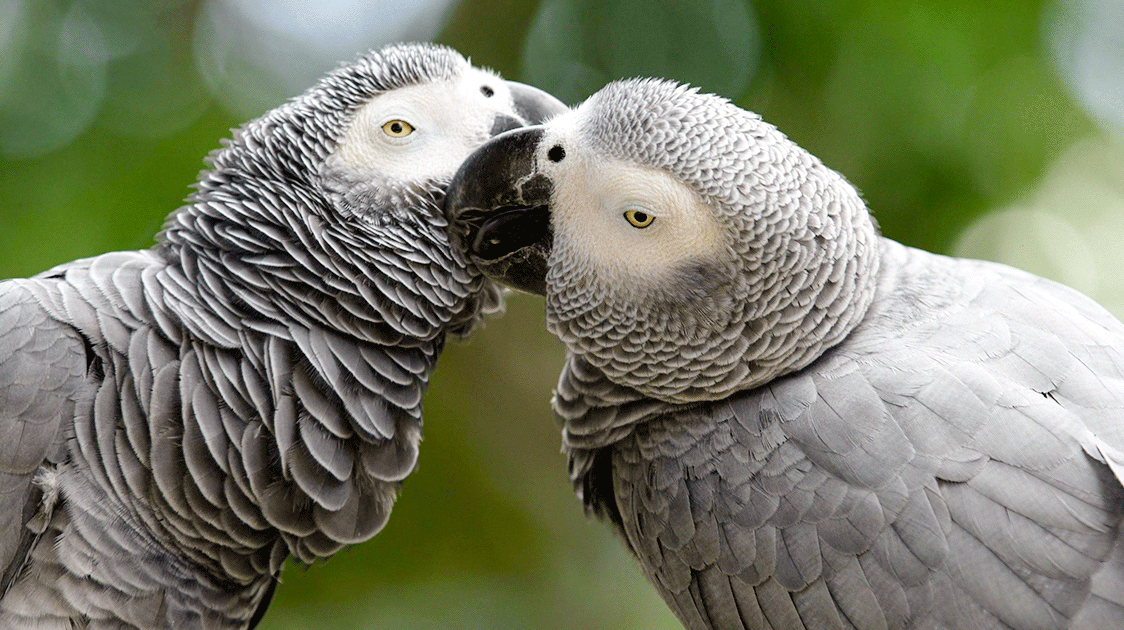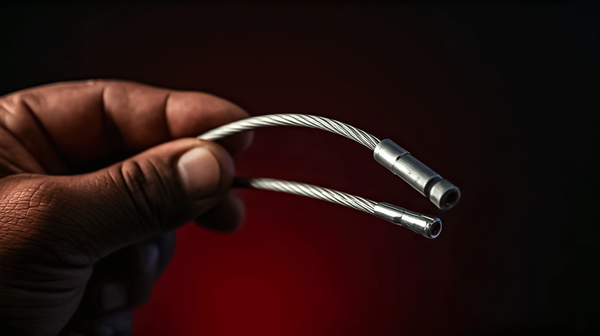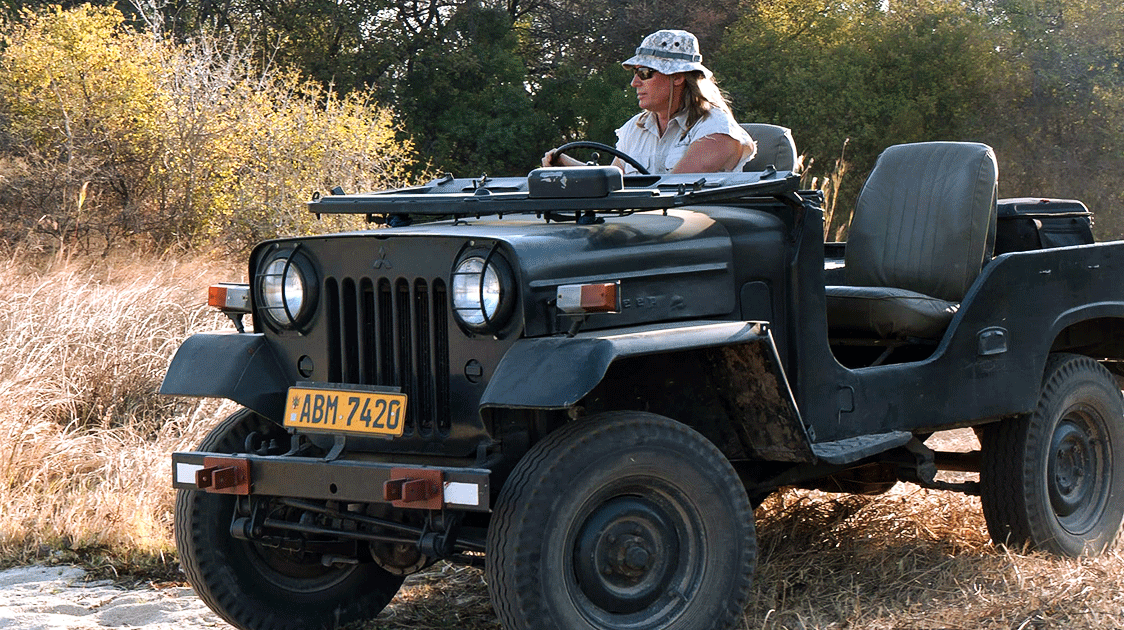The Folly of Cities Trade Bans

By Zig Mackintosh
In the 1980s, before the rise of aviary-bred, hand-reared African Grey parrots, around 60,000 birds were poached from the wild to supply the pet trade. The USA, Germany and Holland were the most significant markets. South Africa was also a sizable market, but the birds mainly went to breeders rather than directly into the pet market.
During the 1990s, the number of breeders across South Africa increased significantly, and the supply of captive-bred birds to the pet market quickly outpaced that of wild birds. The market prefers captive-bred parrots over wild birds because they are hand-reared, already tame, and command a much higher price.
When CITES placed the African Grey parrot on Appendix 1 in 2016, the demand for the birds was around 100,000 a year, of which 80,000 were captive-bred and 20,000 caught in the wild.
The listing immediately stopped the legal, controlled international commercial trade.
The pet market in South Africa can only absorb around 5% of the total annual number of birds bred, and an oversupply quickly ensued. The breeders were stuck with the costs of looking after the birds, with no income to do so. Many simply went out of business. Simultaneously, the price for the parrots in the traditional markets skyrocketed, which fueled the illegal wild bird trade.
It is difficult to break once a poaching supply chain has been established.
CITES has a mechanism where trade in the species is possible; it requires registration of breeders with the respective country’s CITES management authority. But the process is complex, costly and time-consuming. Amongst other things, every bird must be identified and legal, and proof of origin furnished.
The number of registered breeders is slowly increasing, but it will take many years before the number of captive-bred birds available to the market returns to the pre-2016 levels. Meanwhile, the poaching trade is flourishing.
A quicker, more logical solution to address this problem would be to move the species from Appendix I back to Appendix II.
This example of irrational regulating epitomizes the broken CITES system where the icy grip of the animal rights groups holds sway.
Their simplistic dogma that a species trade ban provides immediate protection needs to be discredited. These organizations must be held accountable for the damage they have inflicted on wildlife conservation efforts worldwide.
CITES should focus on containing the illegal wildlife trade, not trying to stifle the legal one.




